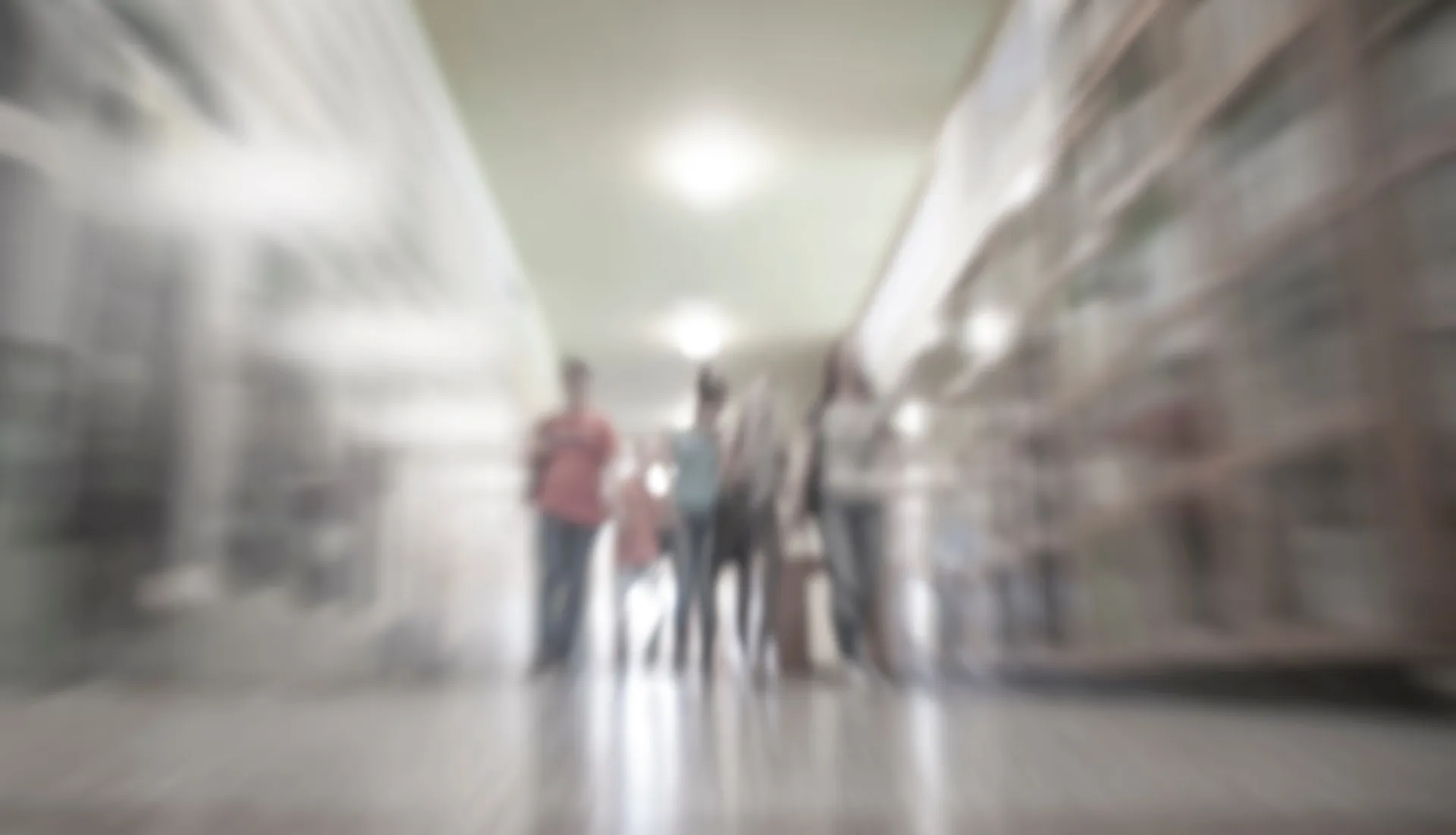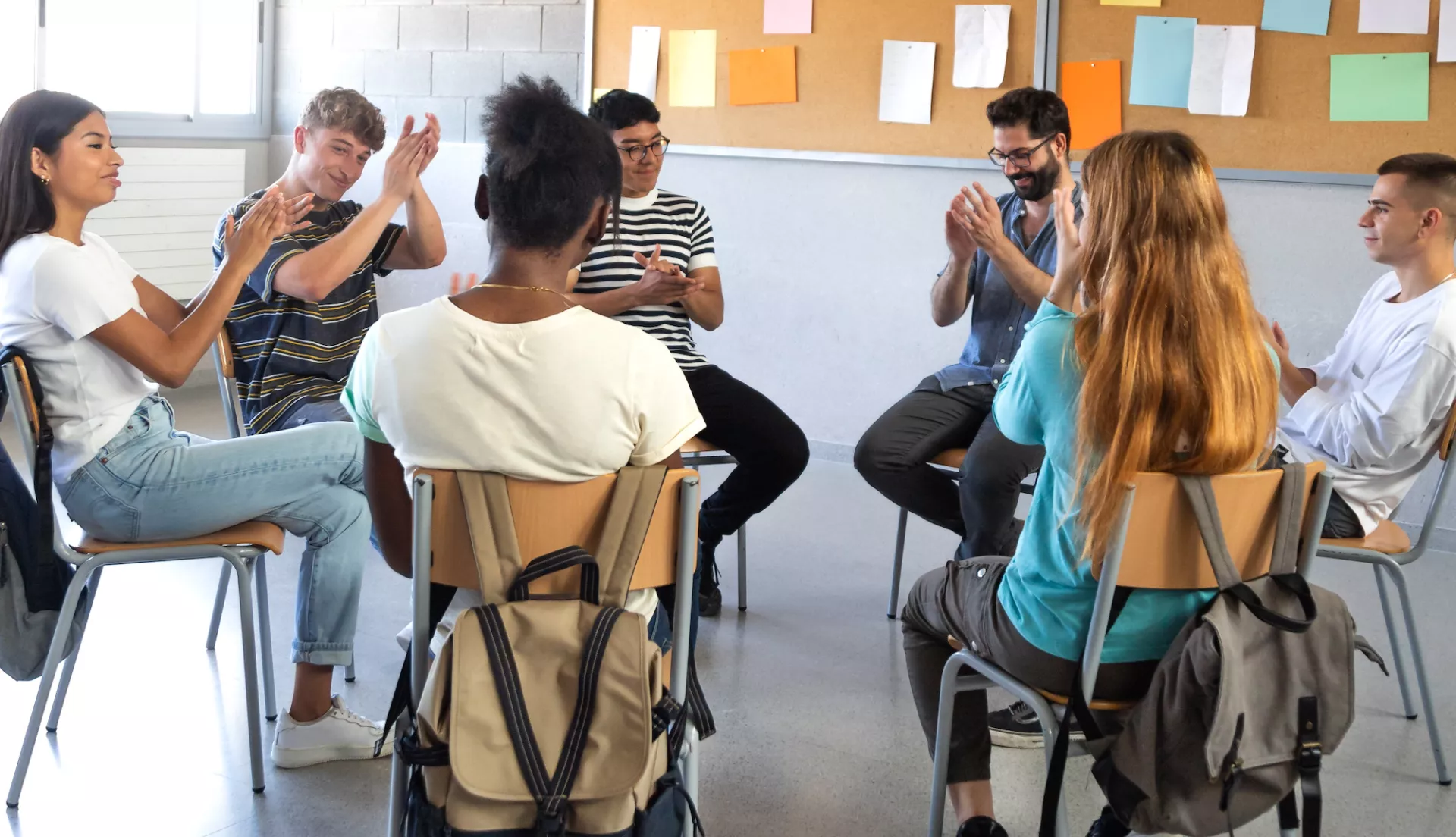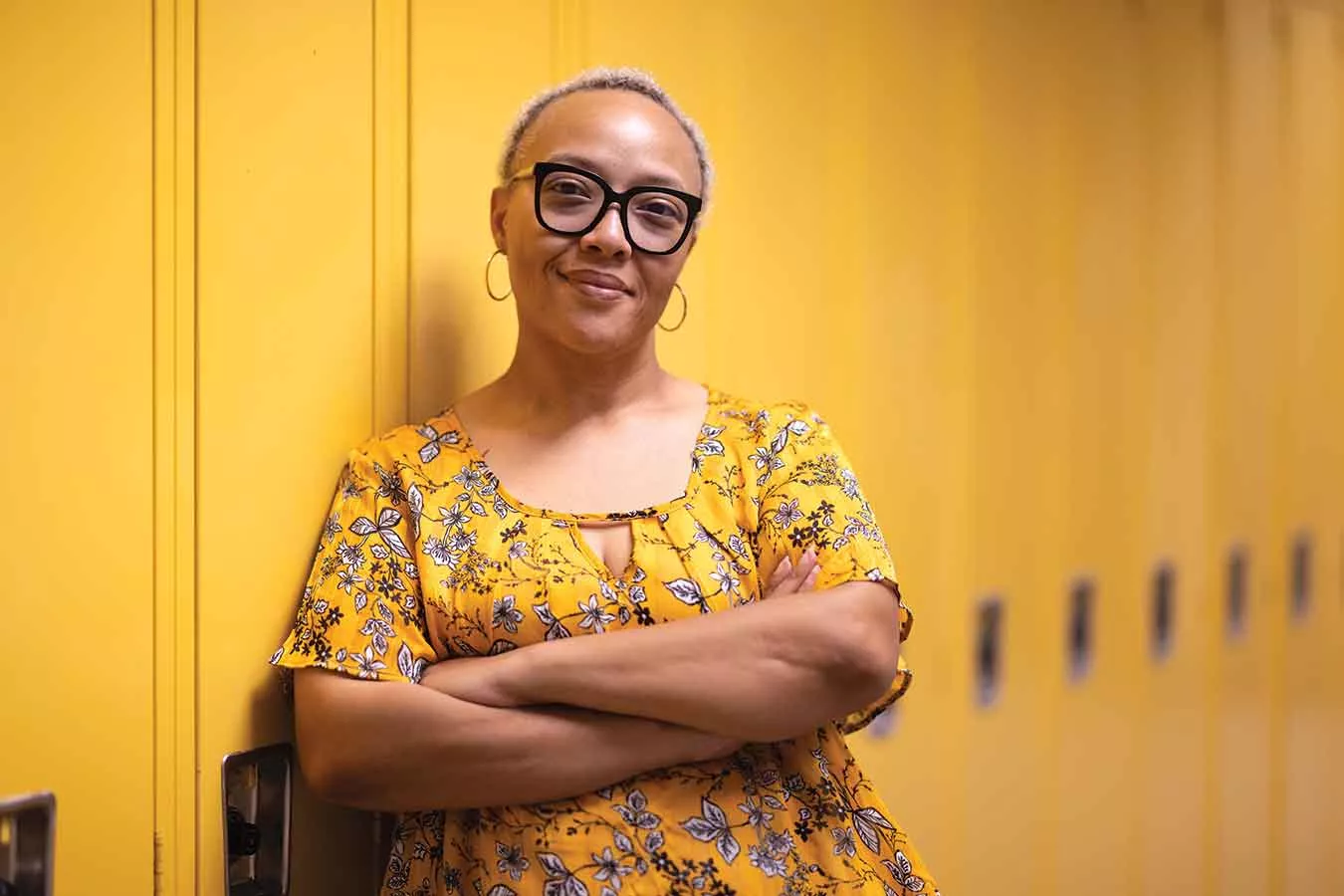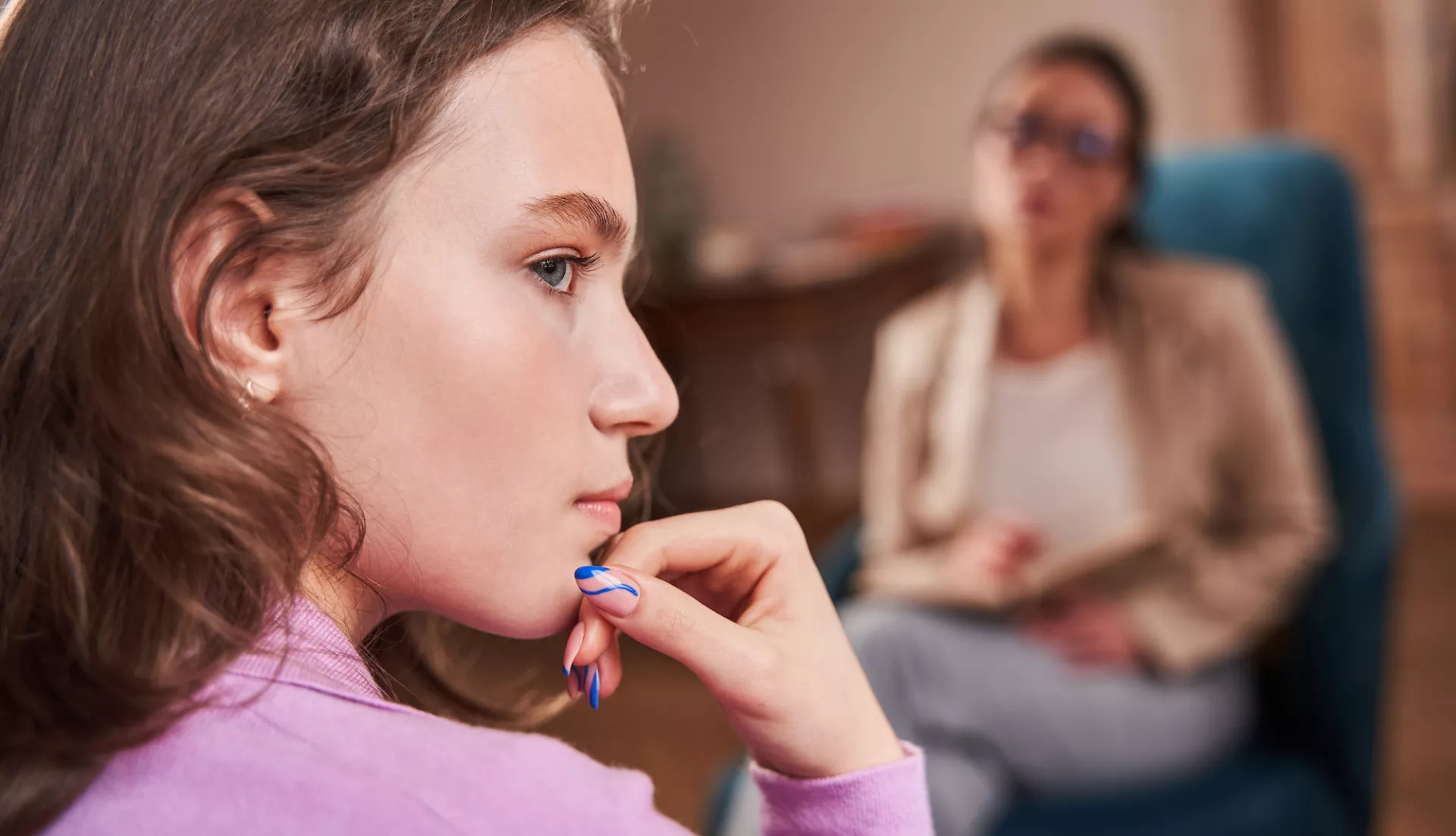Key Takeaways
- One of the most common causes of student misbehavior are incidents or conflicts that happen outside of school that are then brought into the building.
- Many educators have been verbally abused, threatened, harassed, and even injured during these student fights and altercations.
- Educators are often lacking the tools and support necessary to protect students and staff from behavior that could turn violent.
The middle school student is panicked, constantly replaying everything in her head. A joke made on a social media post has spiraled out of control. She thought it was harmless. But things have changed.
The person whose post she commented on has joined a new friend group. When these new friends saw the comment on the post, they interpreted it as disrespect. They message the poster: “She’s roasting you.”
The poster replied publicly with three words: “It’s on sight.”
The next day, on her way to school, she wondered how she and her former best friend became “opps” (enemies). She knew that in this environment, being labeled as weak and a punk was not an option.
Meanwhile, a young, early-career teacher starts her lessons, conveying her content and trying to reach her goals for the day. She hears whispering somewhere in the classroom, then yelling, and tries to stop it to no avail. The girls start cursing and then fighting.
She freezes.
She thinks of all the times she has asked administrators for support and asks herself, "How did it get to this point?" What could she have done differently?
The Bigger Picture
Conflicts that begin outside of school and spill into classrooms are a daily reality for many educators. These incidents often escalate quickly, turn into fights, and an unsupported educator is often caught in the middle.
Kimberlee Shaw, the president of the Lakewood Education Association in Lakewood, New Jersey, says that this is a common issue. “The common cause of student misbehavior is incidents that happen outside of school that are then brought into the building,” she explains. “The misbehaviors then increase due to the lack of effective consequences.”
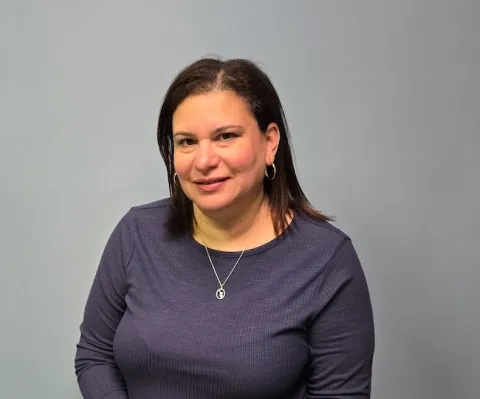
Shaw represents members who have been verbally abused, threatened, harassed, and even injured during student fights. In response, the Lakewood school district has provided staff members with “Handle with Care” training, which includes strategies for de-escalation.
But Shaw emphasizes the need for broader implementation. “All staff should be given this training,” she says. “Behavioral issues often happen in hallways, with students whom the staff members may not know.”
To address deeper issues, the district began training educators in restorative justice practices during the 2024 - 2025 school year, with plans to implement these strategies in classrooms starting in 2025 - 2026.
Still, many teachers are caught in “Groundhog Day” scenarios, where a cycle of outside issues, student trauma, and limited resources or inconsistent support makes it difficult to break patterns of student behavior. This leaves them asking: What tools can we use on the first day of school to protect our students—and ourselves—from behavior that could turn violent?
Restorative Justice Practices Start with Conversations
“It always starts with a conversation,” says Syreeta Carrington, an expert on restorative justice practices. “I tell my colleagues, did you talk to the student? Because in the heat of the moment, that’s probably not the right time—but at some point, the conversation has to happen.”
Carrington, a former social studies teacher in Montclair, New Jersey, now works as a full-time release teacher and serves as a “Teacher on Special Assignment” (TOSA). She is part of a district-wide initiative to implement Restorative Justice practices in Montclair Public Schools.
Restorative justice centers on relationships—from building healthy relationships and repairing damaged ones to consistently reaffirming them by helping to develop students’ social and emotional skills.
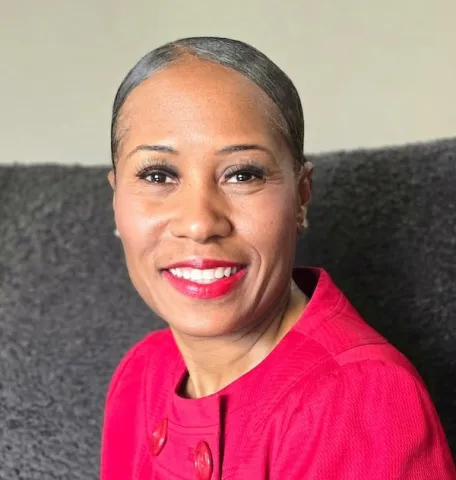
The district describes its restorative justice approach as one that provides “support from the top,” encourages “full school involvement,” and ensures “visibility.” It clarifies that restorative justice is not about “being soft on students,” removing consequences, relying solely on “limited talking circles,” or being “punitive.”
Carrington emphasizes that conversations with students are one of the most powerful tools educators can use to de-escalate conflict and prevent behaviors like cursing, shouting, or even physical altercations. She encourages educators to dig deeper and look at the root causes behind a student’s actions.
“Behavior is the manifestation,” she says. “I know people feel like they don’t have the time, but if you make the time and the investment, chances are you won’t see that same behavior again.”
Relationships, Culture, and the Weight Teachers Carry
“My relationships with students are built on trust, mutual respect, and authentic connection,” says Candice Pastor, also a TOSA educator working on student behavior “I make it a point to really know my students—who their friends and families are, what they care about, and what affects them emotionally. That kind of rapport influences how they carry themselves, how they respond to redirection, and how they engage in restorative processes.”
Pastor believes that strong relationships are the foundation of effective classroom management, student growth, and de-escalating potential violence. “That ongoing, human connection prevents many issues from escalating in the first place,” she says.
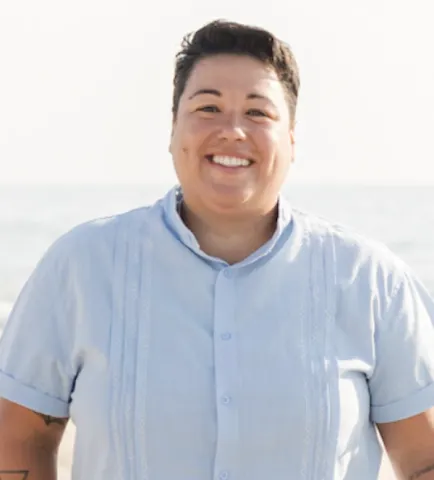
In her view, relationship-building is at the heart of restorative justice and plays a key role in preventing conflict before it begins. But Pastor emphasizes that it’s not just up to individual teachers—school districts themselves must take responsibility. She advocates for the elimination of zero-tolerance policies, especially those that mandate automatic suspensions for incidents like fighting, profanity, or vandalism. “Those policies strip away opportunities for understanding, support, and real learning,” she says.
Another barrier to effective restorative justice practices, Pastor points out, is how schools handle behavior referrals. “It’s not just about logging behaviors—it’s about capturing the full context: the time of day, the teacher involved, the classroom environment, prior incidents, and patterns over time,” she explains. “Data without context doesn’t tell the full story. It’s not just what we track, but how we use that information to make meaningful, student-centered decisions.”
Pastor also acknowledges the toll this work takes on educators. “Managing behavior takes a real toll—physically, mentally, and emotionally,” she says. “We give so much to our students and their families. If schools are serious about implementing restorative justice, they need to understand that it’s not just students being affected—these challenges are hurting the adults too.”
The Exit Ticket
If school districts want to protect students and educators and provide a healthier educational environment, they must take the following steps, according to Syreeta Carrington:
Train All Staff. Everyone in the school building should be taught de-escalation techniques, how to communicate with students during stressful situations, and restorative justice practices.
Make Restorative Justice Practices Meaningful. These practices can’t be forced. Effective implementation of restorative justice requires a significant paradigm shift in how members of the school community interact with one another. This includes interactions among students, between students and teachers, between teachers themselves, and between teachers and administrators. Both students and staff must be invited and willing to engage. There should be an intentional time commitment and an ongoing process, and they should not be done haphazardly.
Address the Root Causes of Student Behavior. Behavioral issues are the symptoms. The real work is getting students to address the cause of their anger and frustrations in order to prevent violence.
As New Jersey third-grade teacher Margaret Swanson reminds us: “To truly support healing and growth in schools, we must look beyond carceral logic. That means learning from Indigenous restorative traditions that prioritize community, relationships, and shared humanity. These practices are not about managing behavior—they’re about deep listening, collective responsibility, and genuine repair.”
Sundjata Sekou (pronounced Sund-Jata Say-Coo) is a Hip-Hop loving, “dope”, Black, male, elementary school teacher in Irvington, N.J., and NEA’s 2024 – 2025 writer-in-residence. You can follow him on Instagram @blackmaleteacher and email him at [email protected].
